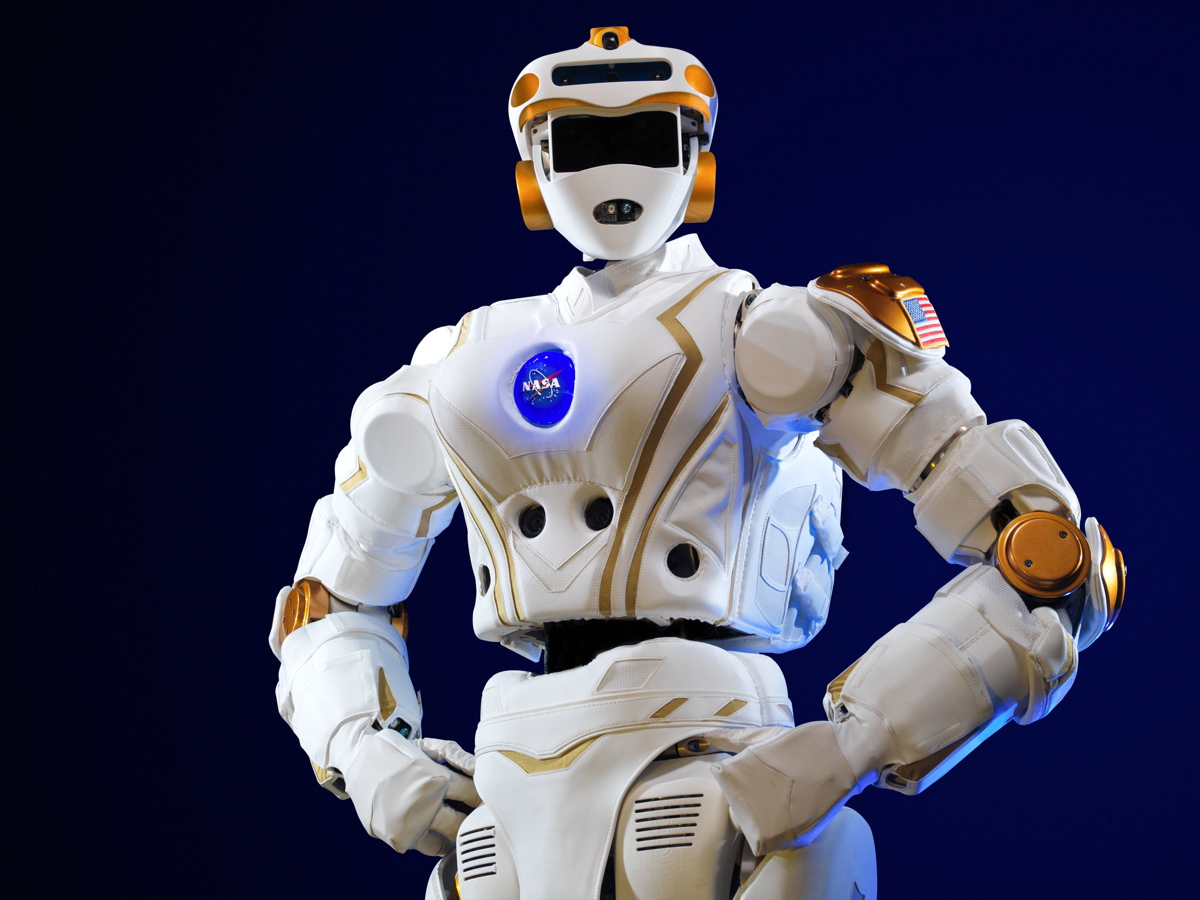Do the Robot! NASA's Valkyrie Gets Down in New Video
Maybe it's time to rethink the stiff, mechanical movements of the popular "robot" dance: A new NASA video features the agency's humanoid R5 robot breaking it down on the dance floor to an epic techno beat.
Although the robot, also known as Valkyrie, isn't as graceful as a prima ballerina or as quick on its feet as a hip-hop dancer, the new video proves this machine can move on its own. This is a function essential to NASA's ultimate goal of using robots to explore Mars and other worlds.
It's incredible that Valkyrie, at 6 feet (1.8 meters) tall and 290 lbs. (130 kilograms) in weight, is able to move with even a little grace and balance. Yet, the video shows the robot's ability to shift its weight from foot to foot as well as balance on one foot while leaning both backward and forward.
Valkyrie was initially designed to aid in disaster relief, as a search-and-rescue robot. In November, however, NASA awarded two of the robots to university research teams for further research and development. One of the robots went to Northeastern University in Boston and one went to the Massachusetts Institute of Technology. NASA said it hopes to someday send Valkyrie to Mars to prepare the planet for later human exploration.
While this won't be the first humanoid robot NASA has sent into space, Valkyrie is the first one to stand on two human-looking legs.
The agency sent an earlier humanoid robot, called Robonaut 2 or R2, to the International Space Station in 2011, but R2 looked human only from the waist up. Even when a SpaceX cargo mission brought up a pair of "legs" to attach to the robotic upper body in 2014, the R2 robot didn't look fully human. Those legs, which look thin and flexible, almost more like a pair of pipe cleaners than a pair of legs, end in a set of clamps instead of feet.
Follow Kasandra Brabaw on Twitter @KassieBrabaw. Follow us @Spacedotcom, Facebook and Google+. Original article on Space.com.
Breaking space news, the latest updates on rocket launches, skywatching events and more!

Kasandra Brabaw is a freelance science writer who covers space, health, and psychology. She's been writing for Space.com since 2014, covering NASA events, sci-fi entertainment, and space news. In addition to Space.com, Kasandra has written for Prevention, Women's Health, SELF, and other health publications. She has also worked with academics to edit books written for popular audiences.

